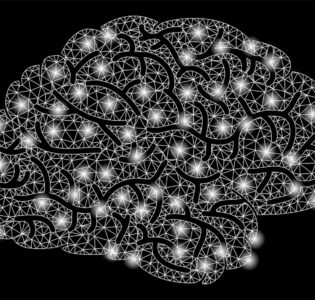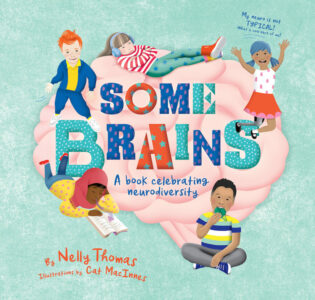How parents can help develop their child’s ‘Learning Strengths.’
by Andrew Fuller
Every child’s brain is as unique as their fingerprint. This gives them their own pattern of learning strengths. When parents and children know this pattern they can more powerfully engage in learning and discover pathways to success.
Parents don’t need to be teachers or experts in brains. Learning strengths increase parents existing knowledge about their child to excite them about the possibilities for their life.
‘Learning strengths’ is based on the latest research from neuroscience and gives parents a way of increasing their children’s motivation and passion for learning.
How does knowing learning strengths help me to help my child?
There are a number of ways this knowledge benefits your child:
1) Overcoming a fear of ‘failure’ Success in life is not about being good at everything. Success is about discovering what you are good at, developing those strengths and applying them to other areas where possible.
Some children believe that unless they a good at everything, they are not smart or successful. If this belief persists they lose motivation, fear making mistakes and avoid learning.
A child’s whose parent knows how to help them discover their learning strengths and how to use them to build success in other areas is much more likely to remain confident and motivated.
2) Awareness Knowing your learning strengths and your child’s patterns assists you to consider similarities and differences between you both. Not every child shares the same strengths as their parent. Valuing strengths your child has, that you do not share, is a voyage of discovery for most parents.
3) Planning activities Parents are powerful teachers of their children. By focusing on activities that your child already has learning strengths in, you are likely to get greater engagement and enjoyment.
4) Extending activities to develop learning learning strengths starts with what is strong to improve what is not yet strong. For example, if your child has a learning strength in perceptual-motor areas (sport, dance, craft, construction) and you wanted to improve their strengths in number smarts, you might find ways to discuss how numbers play a role in those areas.
Concepts like arcs, trajectories, sports statistics, percentages, right angles and number sequences all become more meaningful when we relate them to something a child is already good at. At home, a child who has concentration and memory learning strengths but is yet to develop planning and sequencing strengths may struggle to clean up their room. A parent could help them by using what they are already strong at (concentration and memory) by turning room cleaning into a memory game i.e. ‘guess what we need to do next?’ This will make learning a new sequence easier.
5) Success creates success The fastest way to help children to become passionate about their learning is to have their early attempts and successes acknowledged.
6) Involvement at school. When parents understand their child’s strengths they are empowered to take this knowledge to parent-teacher meetings and use it to proactively and collaboratively plan with teachers what strengths to build upon, and also how to use those strengths to develop in other areas. Learning happens fastest when parents, teachers and students collaborate together.
7) Pursuing passions. There is a strong overlap between our learning strengths and what we are interested in. A child’s learning strengths may change as they mature but in the long-term, knowing about learning strengths helps young people choose the courses or careers that suit them and where they are most likely to experience success.
8) Finding a career path that calls upon your learning strengths is a pathway to having a satisfying life. It is also goes some way towards increasing the likelihood that your child may be able to provide you with some support in your more senior years.
How you can find out about learning strengths?
You can learn more by completing your own learning analysis on www.mylearningstrengths.com. You will be emailed a free letter outlining your top learning strengths and suggestions about how to use these to increase learning in other areas.
Once you have an understanding of your own learning strengths, ask your child to complete the analysis and discuss the letter with them. For children younger than Year 4 you may need to do it with them. For very young children you could complete it on their behalf and treat the results as a rough guide as they develop and mature.
The report contains a detailed analysis of:
- Spatial reasoning
- Perceptual and motor skills
- Concentration and memory
- Planning and sequencing
- Thinking and logic
- People smarts
- Language and word smarts
- Number smarts
Andrew’s book, “Unlocking Your Child’s Genius” (Bad Apple Press) provides an extensive approach to developing learning strengths in 2-18 year old’s.
www.mylearningstrengths.com




